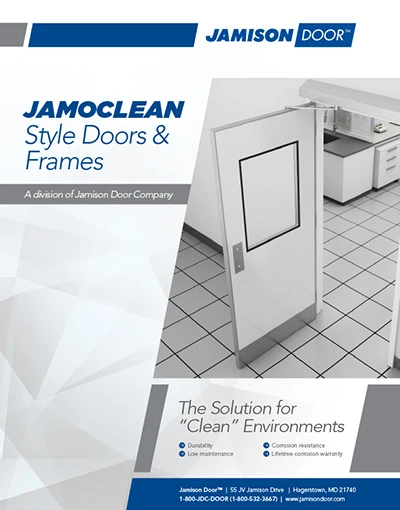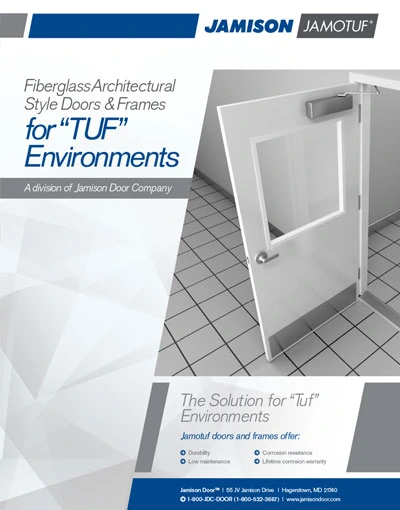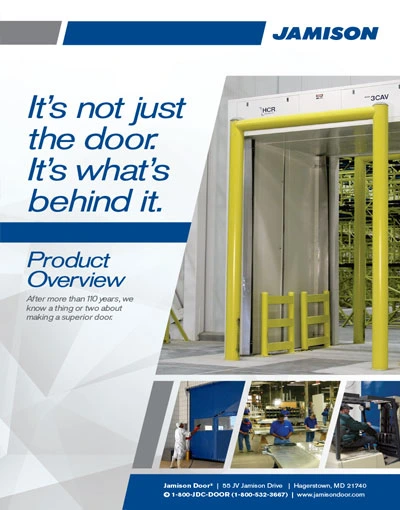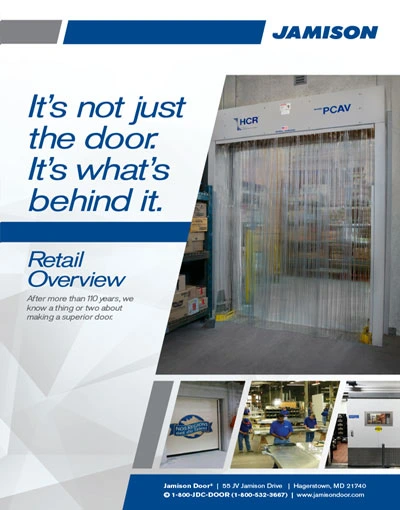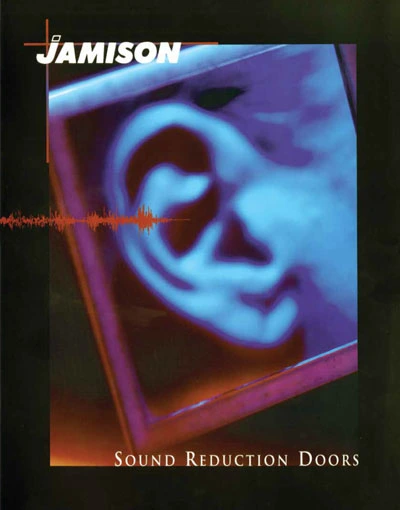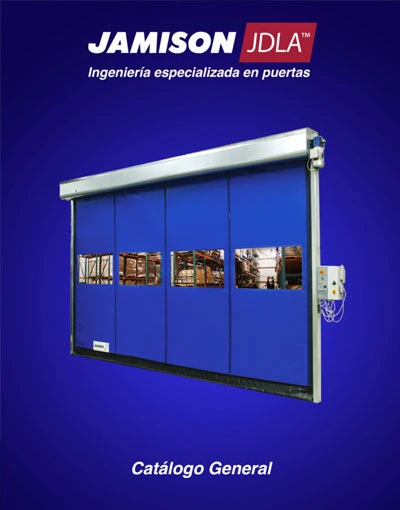PCAV Push Thru Conditioned Air Vestibule
A conditioned air vestibule that uses a push-to-open versus a motorized opening.
U.S. Pat. No. 10,921,049 and Patents Pending
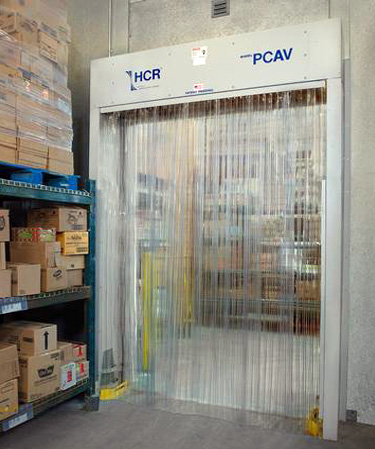
Door Features
Product Specifications
PCAV® consists of two pairs of impact-type doors or fixed strips, an electrically or hot-gas heated anti-frost air-conditioning (AFC) section with patent pending PLC control, and measures approximately 16 in the direction of travel.
Product Overview
The Model PCAV® is an air vestibule for freezers that dramatically reduces moisture infiltration into walk-in freezers, while reducing temperature loss when the door is left open. The Air Door also eliminates ice problems, resulting in less evaporator maintenance and general ice cleanup, all providing a quick return on investment.
1. What factors determine the choice of door solution for an application?
Some of the important factors determining the door type recommendation are the temperature difference across the doorway, opening size, traffic rates, safety concerns, convenience, maintenance, building pressure imbalance, energy savings and etc…
2. Where are HCR air doors made?
HCR air doors are manufactured in Montana, USA.
3. What is the biggest doorway opening size that can be fitted with an HCR air door?
Openings of 14-ft wide and 20-ft high are maximum width and height dimensions that can be fitted with an HCR air door.
4. Which side of the doorway should the HCR air door get installed?
HCR air doors can be installed on either side of the doorway for single air curtains whereas the double and triple air curtain units could also be split mounted. Single air curtains can also be custom designed for doorway jamb mounting.
5. What is an HCR NPAC air curtain?
Negative Pressure Air Curtains are designed for doorways that show pressure imbalance across the opening.
6. What is an “HCR Doorway Survey” form?
An HCR Doorway Survey form is a one page customer completed form summarizing key physical, thermal/environmental, usage and customer desired features of a specific doorway.

